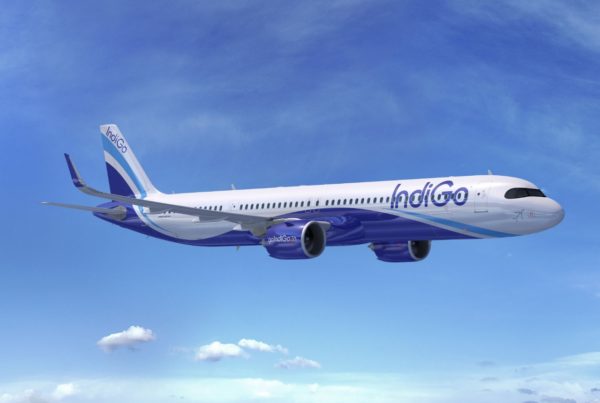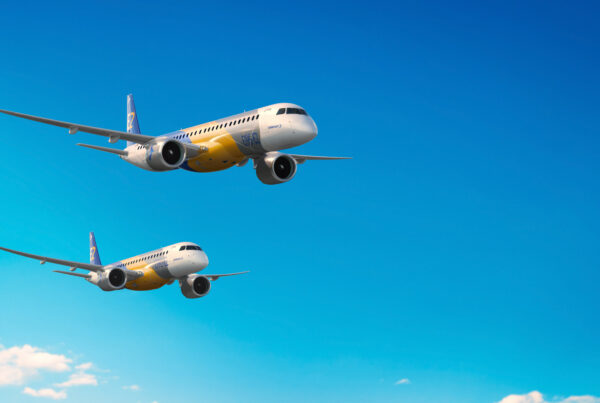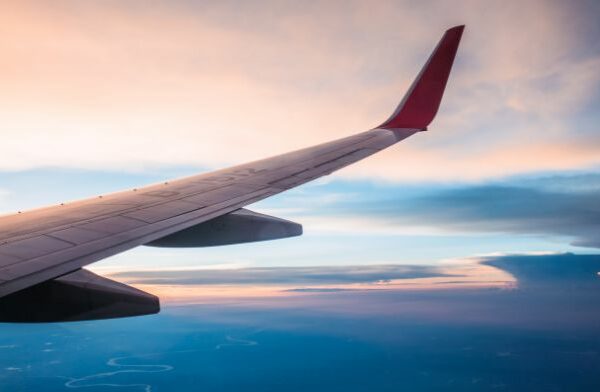The UK is leaving the European Union aviation safety regulator, EASA, after the Brexit transition period, Transport Secretary Grant Shapps has confirmed. It means that many of the senior figures within EASA, who are British, will return from its headquarters in Cologne over the coming year.
“As you would expect from an independent nation, we can’t be subject to the rules and laws made by somebody else, so we can’t accept rules from the EU Commission and we can’t accept rulings in terms of court cases from the European court of justice or anybody else, any more that the US would,” Shapps told Aviation Week in Washington.
He added: “A lot of the expertise and key figures within EASA is British.”
Shapps’s comments were echoed by the Department of Transport, with a spokesperson stating: “Being a member of the EASA is not compatible with the UK having a genuine economic and political independence. We will maintain world-leading safety standards for industry, with the CAA taking over these responsibilities, and will continue to work with colleagues in the EU to establish a new regulatory relationship.”
The EU made it clear that the UK would no longer be able to take part in any involvement with EASA, the only exception being restricted to any bilateral aviation safety concerns of agreements.
The withdrawal’s impact has already been highlighted by the trade body ADS, an organisation which represents more than 1,100 UK businesses in the aerospace, defence, security and space sectors, told the BBC that this could raise potentially more paperwork and certifications required in order for products and designs developed in the UK to be used within the industry overseas. The impact of this is unknown but could well be damaging to the UK’s commercial aviation industry.
As for the regional airlines, when the UK leaves EASA, it might well need to certify aircraft separately itself, the cost of which may somehow have to be contributed by the airline operating the type, which for some may prove impossible.
It’s a brave new world the UK’s aerospace industry is moving into, let’s just hope that when we get there, we’ve arrived in peace and in profit.







